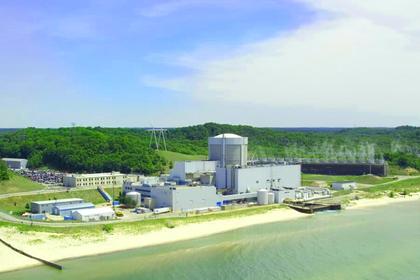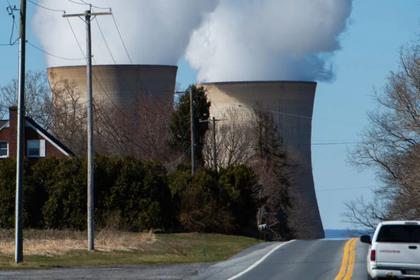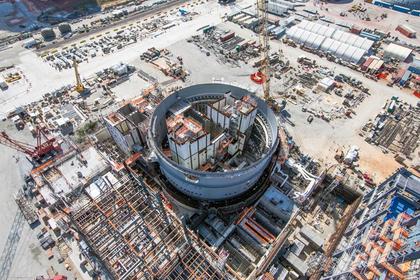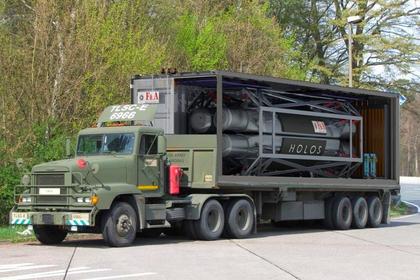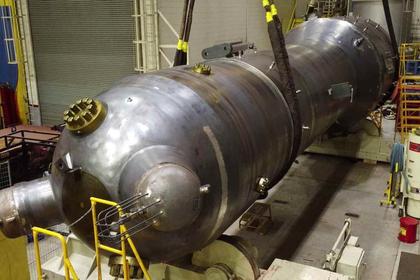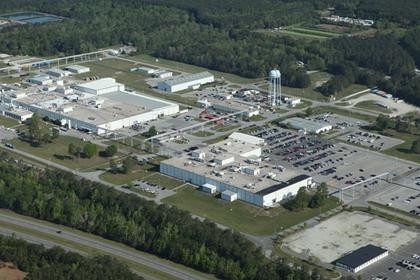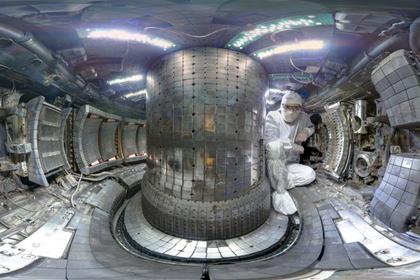
U.S. SPACE NUCLEAR
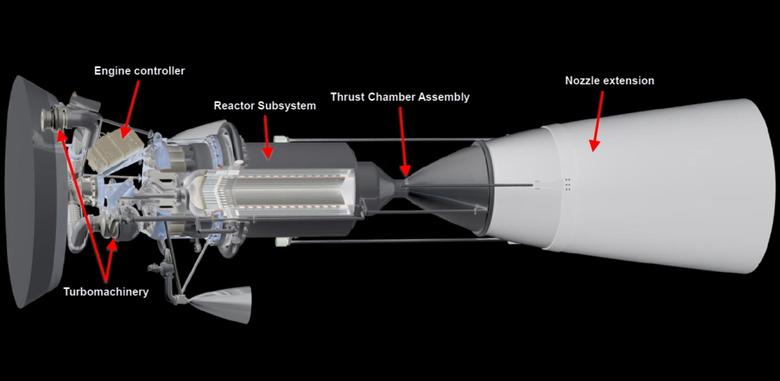
WNN - 10 May 2022 - The US Defense Advanced Research Projects Agency (DARPA) is seeking proposals for Phases 2 and 3 of its Demonstration Rocket for Agile Cislunar Operations (DRACO) programme, which aims to demonstrate a nuclear thermal propulsion (NTP) system in orbit in fiscal year 2026.
Phases 2 and 3 of the DRACO programme is anticipated to last approximately three to four years. The objectives of Phase 2 - anticipated to last 24 months - are to complete preliminary and detailed design of a demonstration system and to construct and experimentally validate the NTP system to the extent possible. The demonstration system will be built to host an NTP for its full-power, in-orbit flight test, in Phase 3, which is anticipated to last about 15 months.
"Proposals must substantiate the ability of the proposed approach to meet the DRACO performance objectives and FY26 in-space flight demonstration timeline," DARPA said in a Broad Agency Announcement (BAA) on 4 May. "Accordingly, proposals for the reactor and non-nuclear NTP components should leverage previous NTP engine work, such as the Rover/NERVA program. Developing an NTP engine with HALEU [high-assay, low-enriched uranium] fuel that leverages heritage Rover/NERVA reactor design and engine testing data will help ensure the risks associated with the selected DRACO design approach are well understood and will maximise the likelihood of success within the desired timeline."
The deadline for responses to the solicitation is 5 August.
"A single award is anticipated," DARPA said. "The amount of resources made available under this BAA will depend on the quality of the proposals received and the availability of funds."
The DRACO programme aims to enable time-critical missions over vast distances in cislunar space, that is, between the Earth and the Moon. The programme anticipates two tracks. Track A focuses on developing a preliminary design for the rocket engine reactor, while Track B concentrates on developing a conceptual design for the in-orbit demonstration system.
In April 2021, DARPA announced it had awarded contracts for the initial 18-month Phase 1 of the programme: a USD22 million contract for Track A, focused on the design of the NTP reactor, to General Atomics; and a USD2.5 million contract for Track B, focused on the operational spacecraft to demonstrate it, to Blue Origin.
The White House in December 2020 issued a memorandum establishing a national strategy to ensure the development and use of space nuclear power and propulsion systems, including NTP systems, which can power spacecraft for missions where alternative power sources are inadequate.
"The United States employs manoeuvre to maintain advantages in the land, sea, and air domains. However, manoeuvre is more challenging in space due to propulsion system limitations," said Major Nathan Greiner, programme manager in DARPA's Tactical Technology Office. "To maintain technological superiority in space, the United States requires leap-ahead propulsion technology that the DRACO programme will provide."
Nuclear propulsion provides greater propellant efficiency as compared with chemical rockets. Nuclear thermal propulsion is where a nuclear fission reactor heats up a liquid propellant, like hydrogen, converting it into a gas which expands through a nozzle to provide thrust and propel a spacecraft. It is a potential technology for crew and cargo missions to Mars and science missions to the outer solar system, enabling faster and more robust missions.
-----
Earlier:
